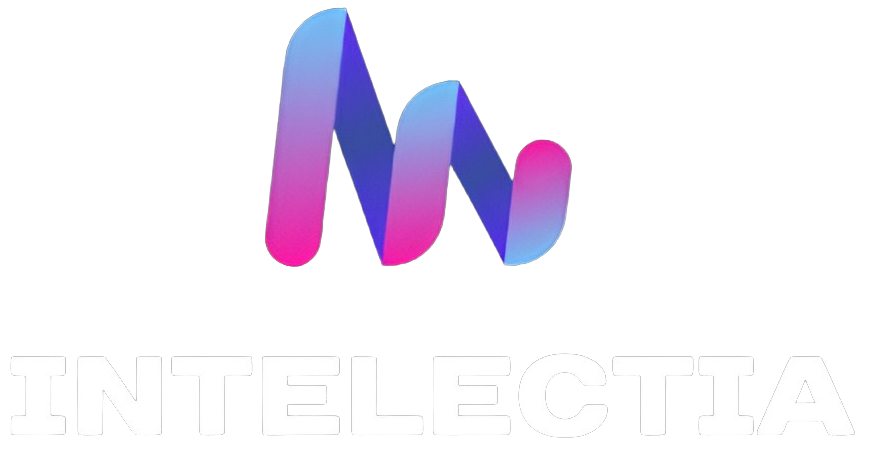What is Voice-to-Text Transcription?
Voice-to-text transcription, also known as speech-to-text transcription, is a technology that converts spoken words into written text. This process involves advanced voice processing systems and digital transcription tools that analyze audio input to produce accurate textual representations. Automated transcription software, which utilizes sophisticated algorithms and machine learning models, is central to this process, enabling real-time transcription and efficient conversion of spoken language into text.
The core of voice-to-text transcription lies in the ability of these systems to handle voice processing, which includes recognizing speech patterns, understanding language nuances, and translating them into readable text. This technology has seen substantial advancements over recent years, resulting in highly accurate and fast transcription solutions that cater to a wide range of applications.
How Can You Benefit from Voice-to-Text Transcription?
Voice-to-text transcription offers numerous benefits across various domains, significantly improving efficiency and productivity. Here are some of the key advantages:
Efficiency Improvement
Voice-to-text transcription technology greatly enhances efficiency by automating the process of converting speech into text. This is particularly useful for tasks that involve extensive note-taking, documentation, or content creation. By reducing the need for manual typing, users can save time and focus on more strategic activities. The automation of transcription tasks leads to a significant productivity boost, allowing professionals to handle more work in less time.
Enhanced Accessibility
One of the most significant benefits of voice-to-text transcription is its role in improving accessibility. For individuals with disabilities, such as those who are visually impaired or have difficulty typing, this technology provides an essential means of interacting with digital content. Voice-to-text transcription allows users to dictate text and control their devices using voice commands, thereby fostering greater inclusion and accessibility in various settings.
Time-Saving
Time-saving is a direct result of employing voice-to-text transcription technology. Real-time transcription allows for immediate conversion of spoken words into text, which is invaluable in fast-paced environments. This capability is especially beneficial in scenarios such as meetings, interviews, and live events where capturing spoken information quickly is crucial. The reduction in the time required for manual transcription or note-taking translates to more efficient workflows and quicker turnaround times.
Error Reduction
The accuracy of voice-to-text transcription has improved significantly with advancements in technology. Modern digital transcription tools are designed to minimize errors in text conversion, thanks to enhanced algorithms and voice processing systems. Improved accuracy in transcriptions means that users can rely on the generated text for professional and legal purposes without extensive editing or correction, thereby reducing the potential for errors.
Productivity Boost
A productivity boost is achieved through the efficient processing of spoken language into written text. This technology enables users to manage their tasks more effectively, whether they are drafting documents, preparing reports, or handling customer inquiries. By streamlining the transcription process, voice-to-text technology contributes to overall productivity improvements in various professional and personal contexts.
Uses of Voice-to-Text Transcription
Voice-to-text transcription has a broad range of practical applications across different sectors. Here are some of the notable uses:
Business Use Cases
In the business world, voice-to-text transcription is used to streamline communication and documentation processes. Customer service departments utilize this technology to transcribe customer interactions, ensuring accurate records of conversations and improving service quality. Additionally, business professionals use voice-to-text software to dictate emails, write reports, and manage tasks, which enhances productivity and efficiency.
Educational Tools
Voice-to-text transcription is increasingly being integrated into educational tools to aid both students and educators. In academic settings, students use voice-to-text technology to take notes during lectures, which can be especially helpful for those with learning disabilities. Educators can also leverage transcription tools to create accessible content, such as lecture transcripts and educational materials, enhancing the learning experience for all students.
Legal Transcription
In the legal field, accurate documentation is crucial. Voice-to-text transcription facilitates the efficient recording of legal proceedings, depositions, and interviews. This technology ensures that legal documents are transcribed quickly and accurately, aiding in case preparation and record-keeping. The use of voice-to-text transcription in legal contexts also helps in maintaining detailed and reliable documentation.
Healthcare Documentation
Healthcare professionals use voice-to-text transcription to document patient interactions, medical notes, and treatment plans. This technology enables doctors and nurses to dictate their notes directly into electronic health records (EHR) systems, which enhances the efficiency of medical documentation and reduces the administrative burden. In healthcare, voice-to-text transcription is used for documenting patient histories, treatment plans, and other critical information, leading to improved patient care and streamlined workflows.
Successful Stories of Voice-to-Text Transcription
The success stories of voice-to-text transcription illustrate the technology’s proven benefits and positive outcomes across various industries. Here are a few notable case studies:
Case Study: Legal Sector
A prominent law firm adopted voice-to-text transcription technology to manage the high volume of legal documentation and client communication. The firm implemented automated transcription solutions to convert recorded depositions, interviews, and court proceedings into text. The positive outcomes included a significant reduction in transcription time, improved accuracy in legal documents, and enhanced productivity among legal professionals. User testimonials revealed that the technology not only saved time but also provided reliable documentation that supported case preparations.
Case Study: Healthcare Industry
In a large hospital network, voice-to-text transcription was integrated into the electronic health record (EHR) system to streamline medical documentation. Doctors and nurses used the technology to dictate patient notes, which were then automatically transcribed and entered into the EHR system. The implementation led to a notable increase in documentation efficiency, reduced administrative tasks, and improved patient care. The convenience offered by voice-to-text transcription allowed healthcare professionals to focus more on patient interactions rather than paperwork.
Case Study: Educational Institutions
A university adopted voice-to-text transcription tools to assist students with learning disabilities. By incorporating this technology into classroom settings, students were able to dictate their notes and access lecture transcripts in real-time. The results were positive, with improved academic performance and enhanced learning experiences reported by both students and educators. The technology facilitated greater inclusion and support for students with diverse learning needs.
Do you want to implement a smart voice processing system based on Artificial Intelligence?
At Intelectia we can offer you the security of having an Intelligent Voice Processing system so that your company can improve its quality of work.
On the other hand, we also offer Intelligent Document Processing with OCR services for all types of companies.
Do not hesitate to contact us, or book a meeting and we will help you in everything that is in our hands.

